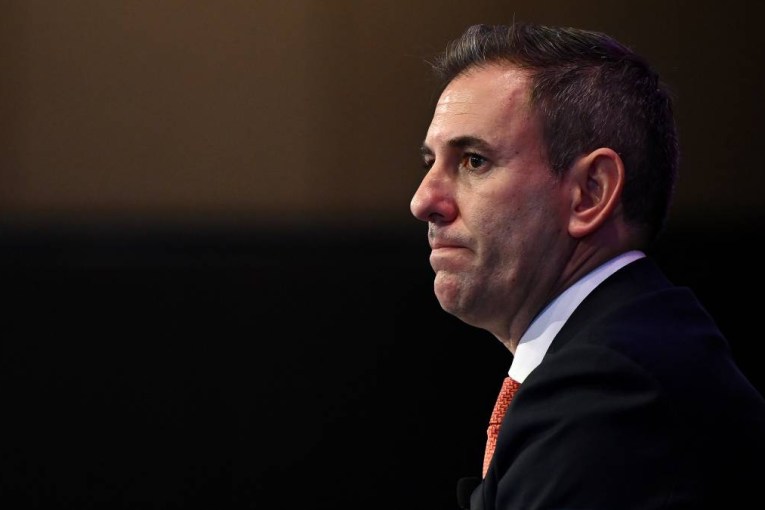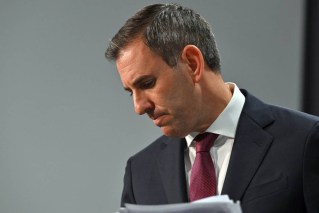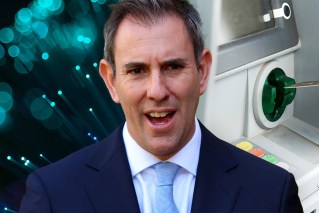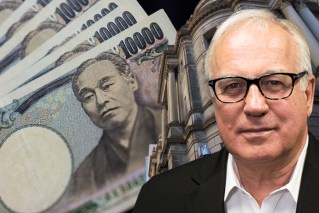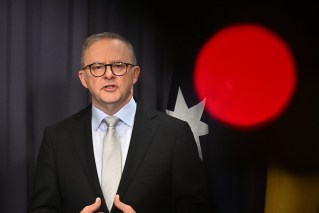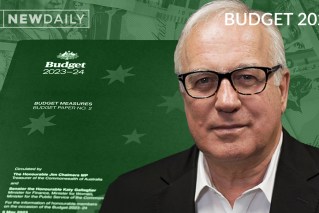‘Vote of no confidence’: RBA rate cut seen as judgment on federal budget

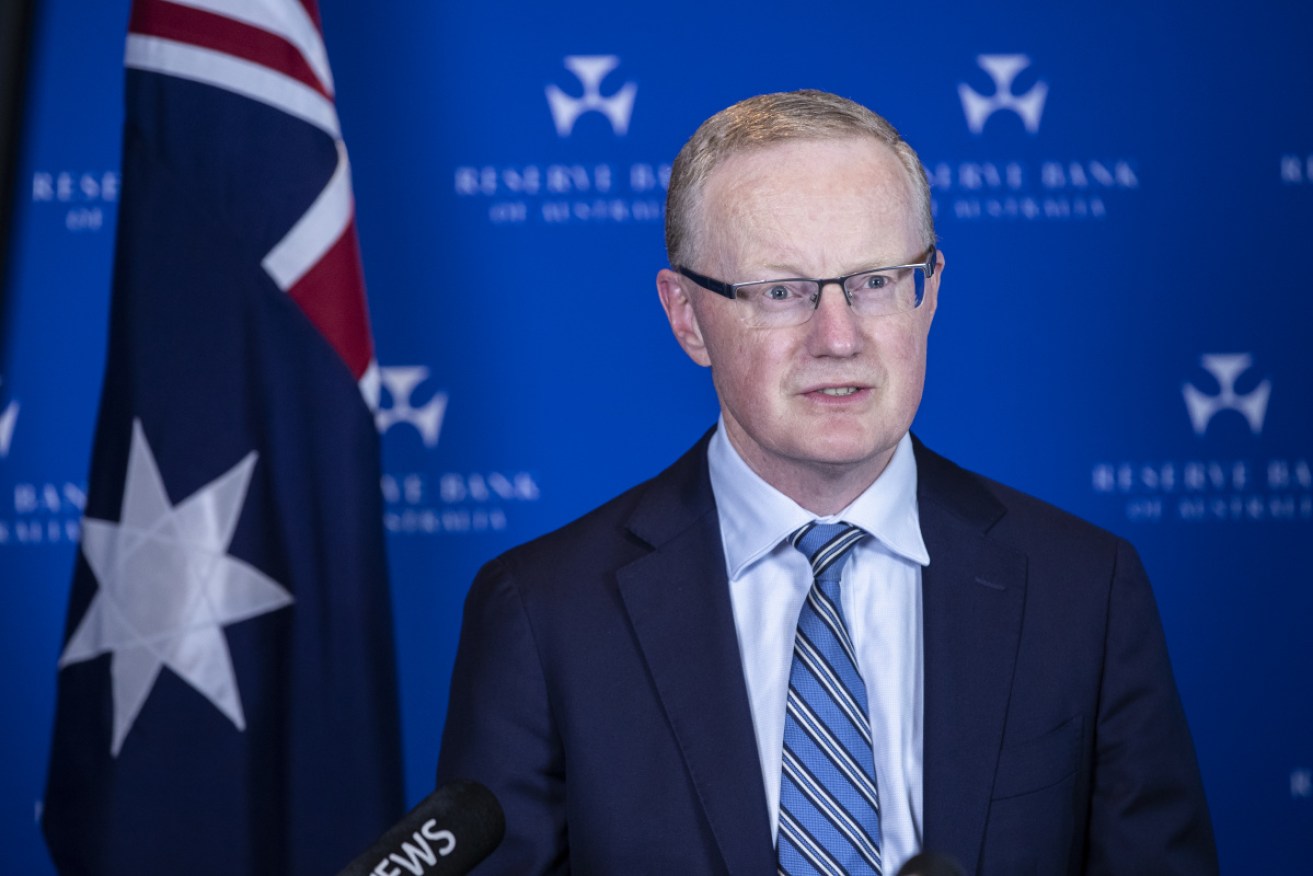
Reserve Bank governor Philip Lowe gave a press conference to explain the bank's QE decision. Photo: AAP
The RBA’s decision to cut interest rates to a record low 0.1 per cent has been interpreted as a damning indictment of this year’s federal budget.
In a widely anticipated move, the RBA announced on Tuesday afternoon that it would trim the official cash rate by 15 basis points to 0.1 per cent and buy $100 billion of government bonds (quantitative easing) to encourage more spending and investment.
Shadow treasurer Jim Chalmers said the “unprecedented steps” showed “the Reserve Bank has obviously concluded that the Morrison government has not done enough in their budget to support the economy and to support jobs during this very difficult period”.
“It makes no sense whatsoever to be cutting JobKeeper and other forms of economic support at the same time as the Reserve Bank and others say that more, not less, needs to be done,” Dr Chalmers told reporters in Brisbane, describing the measures as a “vote of no confidence in the budget”.
“For too long now, and not just during this recession, but before it as well, the Morrison government has left too much of the heavy lifting to the Reserve Bank.
“We’re seeing that again today.”
Tweet from @TheKouk
The governor of the Reserve Bank, Philip Lowe, was asked whether he agreed with Dr Chalmers’ assessment during a question-and-answer session at the end of his press conference hours later.
He said “it’s certainly not a judgment on the government’s fiscal policy – the government’s strategy is the right one”.
But several economists didn’t buy that answer.
- Live updates: Find out whether your bank has cut rates
Stephen Koukoulas, an independent economist and former adviser to Julia Gillard when prime minister, said Dr Lowe’s answer was “clearly false”.
“If fiscal policy was going to drive a decent recovery and a prompt return to full employment, the latest RBA action would not be necessary,” he said.
And his concerns were shared by Callam Pickering, APAC economist at jobs site Indeed.
Asked whether Dr Chalmers was right to conclude that the RBA considers the measures in the federal budget to be insufficient, Mr Pickering said: “It’s quite a reasonable conclusion to make.”
“The reality is, if the federal government had done more to support the economy both now and over the next three years, then perhaps the Reserve Bank would not have to act,” he told The New Daily.
“With the cash rate so low and with government bond rates so low, the federal government can borrow at historically low rates for the next 10, 15, 30 years.
“And so, if they did want to, they could push forward with much greater government spending over the next few years.”
Which is something Prime Minister Scott Morrison has said they will do “if there is a need for us to consider other stimulus measures”.
- Not sure what quantitative easing is? Find out here
The federal budget contained an extra $98 billion of economic stimulus and forecast the deficit to reach an eye-watering $213.7 billion in 2020-21.
Yet economists warned at the time that it relied too heavily on businesses taking risks in an uncertain environment and contained too few measures to stimulate the economy over the next six months.
According to official forecasts included in the budget, the government expects the unemployment rate to peak at 8 per cent in December this year – Deloitte says 8.4 per cent – before taking three and a half years to fall to 5.5 per cent by mid-2024.
Tweet from @CallamPickering
The Grattan Institute says that would be a slower recovery than that experienced after the 1990s recession – despite this crisis being triggered by government restrictions and not a financial collapse.
But, will the RBA’s moves speed things up?
If the banks pass on the rate cut in full, the average home owner would receive a monthly saving of just $33, according to comparison site Mozo.
Mr Pickering said that wouldn’t “move the needle too much”.
But he said the $100 billion quantitative easing program “could have a material impact on the economy – as QE programs have in other countries over the past decade or so”.
“That said, QE programs don’t offer a lot of bang for your buck. The central banks spend a lot of money, they buy a lot of bonds, and a small fraction of that seems to translate into higher economic impact,” he said.
“So we shouldn’t necessarily think that this is the silver bullet to Australia’s economic woes, but it should certainly help.”
Tweet from @euanblackwrites

